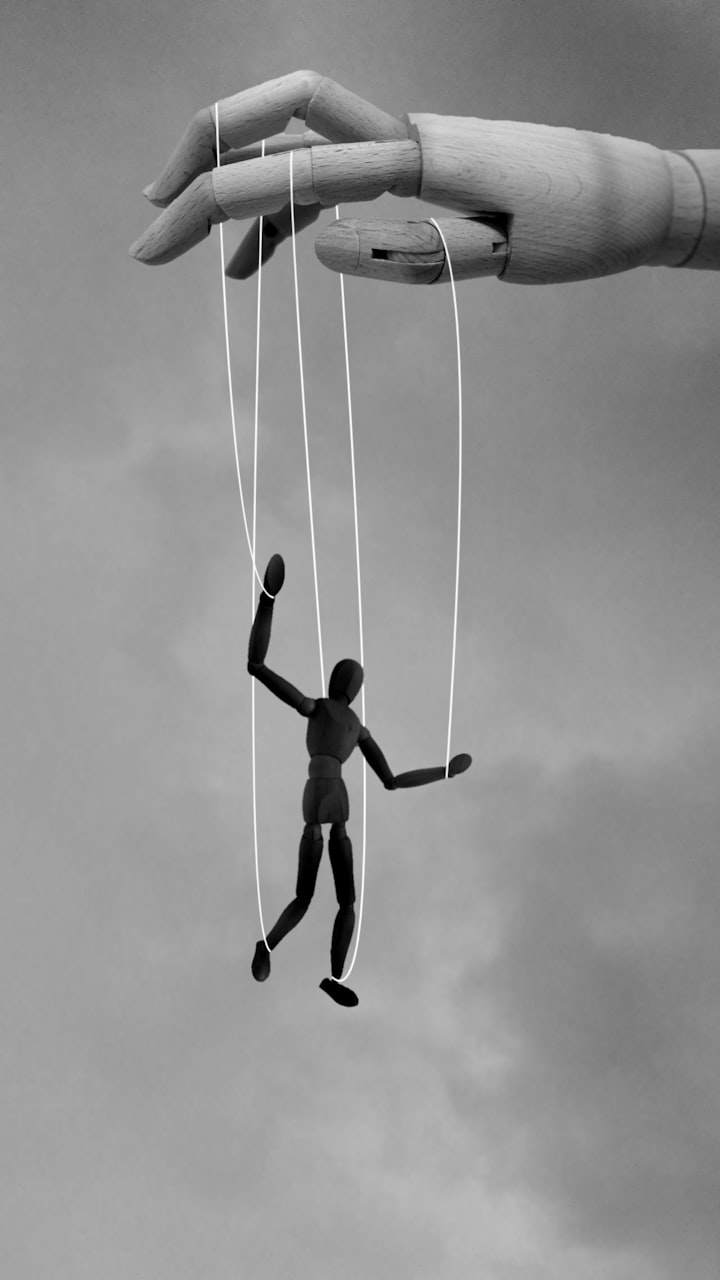
The term "puppet state" originated in 1884 in Egypt, where a puppet state was established as an outpost of another state that supports, shows, or exerts control over the puppet government. Puppet states rely on an external force and are ruled by it, known as a master state. Since the end of the Cold War and the dissolution of the Soviet Union, puppet states have significantly reduced in number, but there are still a few remaining. These are 9 Puppet states that exist.
1) Artsakh

Artsakh, officially the Republic of Artsakh is a breakaway state located in the South Caucasus, contested by Azerbaijan and Armenia. Despite being under Azerbaijani rule, Artsakh is predominantly inhabited by Armenians, making up 99.7% of its population.
Despite its small size, Artsakh functions as a fully-fledged republic with a unicameral legislature composed of 33 representatives. The government operates on a presidential democracy model, and the President of the Republic of Artsakh is Arayik Harutyunyan . Artsakh is a puppet state of Armenia so its cultural fabric is deeply rooted in Armenian heritage and traditions, and its economy revolves around agriculture and tourism.
Although the conflict in Artsakh, between Azerbaijanis and Armenians claimed thousands of lives and properties, the international community is crucial in finding a peaceful resolution to the Artsakh conflict.
2) Wa State

Wa State, a self-governing Myanmar region, has a unique political framework, administrative divisions, and military. It is divided into three districts, two districts, and a financial improvement zone. The Wa people have a history of opposition to decision-making powers.
The region has been a significant trade center and shipping hub but has also been a hub for competing powers. In 1989, the United Wa State Party (UWSP) took control and established a one-party socialist framework. Wa State's economy and development are influenced by its abundant natural resources, such as wood, minerals, and valuable pearls, which have fueled conflicts over control. The Myanmar Government wants control and the Chinese Government wants control of the resources. Despite these challenges, efforts to establish closer ties between Wa State and the central administration of Myanmar are ongoing.
3) South Ossetia

South Ossetia, a South Caucasus region, has a complex political landscape and ambiguous status. As of 2023, it is partially recognized as a sovereign state. The region's history dates back to the Soviet Union's collapse in 1991 when Georgia sought control over its territories. The conflict escalated in the early 1990s, leading to a ceasefire agreement in 1992. The region remains divided, with a de facto boundary separating South Ossetian territory from Georgia. The issue of recognition remains a significant obstacle for South Ossetia, causing limited access to humanitarian aid, economic stagnation, and restricted diplomatic relations.
Russia offers financial, diplomatic, and military support to South Ossetia, with international mediators like the Geneva International Discussions facilitating discussions. However, a lasting solution remains challenging due to differing perspectives between Russia, Georgia, and South Ossetia's people. This conflict has strained Russia-Georgia relations and influenced geopolitical dynamics in the South Caucasus and neighboring countries.
4) Turkish Republic of Northern Cyprus (TRNC)

Northern Cyprus, officially the Turkish Republic of Northern Cyprus, is a region in the northeastern part of Cyprus, considered crucial for the Republic of Cyprus. It spans from the Karpass Promontory to Morphou Cove, Cape Kormakitis, and Kokkina exclave. Northern Cyprus has faced numerous challenges, including a 1974 rebellion and the expulsion of Greek Cypriots. Despite these challenges, Northern Cyprus remains subject to Turkey's financial, political, and military support.
The Turkish Armed Forces maintain significant power in Northern Cyprus, while the Republic of Cyprus, the European Union, and the global community view it as an occupation force. The economy has seen significant growth in the 2000s and 2010s but is hindered by a worldwide ban on port control by the Republic of Cyprus. The majority of the population is Sunni Muslims, with moderate and common conservative views. Northern Cyprus is an observer province of the ECO, OIC, Turkish Cypriot State, Turkish Cypriot People Group, and Association of Turkic States.
5) Abkhazia

Abkhazia, a small state in the South Caucasus region, has become a focal point in the Abkhaz-Georgian struggle and Georgia-Russia relations. The conflict dates back to the early 20th century when the region was incorporated into the Soviet Union. In 1992, Abkhazia declared sovereignty, but faced resistance from the Georgian government, leading to a full-blown armed conflict. The 1992-1993 war resulted in Georgia losing control over Abkhazia and the ethnic cleansing of Georgians.
Despite a ceasefire agreement and negotiations in 1994, the conflict remains unresolved. The international community, including the United Nations, has attempted to mediate but has been unsuccessful due to distrust between the Abkhaz and Georgian sides and external actors like Russia. Abkhazia has faced numerous challenges on its path to independence and international recognition, including a lack of widespread recognition, a stable economy, and addressing social and humanitarian needs. Despite these challenges, the people of Abkhazia have shown resilience and determination in their quest for independence and sovereignty. A peaceful resolution to the Abkhaz-Georgian conflict will require sustained diplomatic efforts, trust-building, and a commitment to respecting the rights and aspirations of the people of Abkhazia.
6) The Donetsk People's Republic (DPR)

The Donetsk Nation's Republic (DPR) has been a source of tension and conflict in Ukraine's eastern Donetsk Oblast since 2014. Created by Russian-moved paramilitaries in 2014, the DPR emerged as a breakaway state after Ukraine's Upheaval of Nobility. In 2022, Russia officially annexed the region, establishing the DPR and Luhansk Individuals' Republic (LPR) as independent states. This led to ongoing conflict in the Donbas region, where Ukrainian forces and separatist rebels clash. The DPR's ideological roots are rooted in conservative Russian patriotism, neo-colonialism, and universal fundamentalism, which has faced criticism from international observers.
The involvement of Russian extreme right groups in the conflict complicates the situation, with organizations like the UN Common Liberties Office and Basic Freedoms Watch expressing concerns about the erosion of civil liberties. Ukraine views the DPR as a militant organization aimed at destabilizing the country, accusing separatist movements of fomenting violence and posing a threat to the nation's security and sovereignty. The fate of the DPR remains uncertain, with the international community divided on the issue. Only time will reveal the ultimate outcome of this protracted and complex conflict.
7) Luhansk People's Republic (LPR)

The Luhansk Nation's Republic (LPR) emerged in eastern Ukraine during the 2014 international conflict, a breakaway state established by Russian-supported paramilitaries. The LPR, initially a separate entity, was later integrated into Russia in 2022, further escalating the conflict in the Donbas region. The LPR's philosophy, based on moderate Russian positive energy, neo-dominion, and conventional fundamentalism, aims to restore the Russian Empire's glory and promote a homogeneous Russian identity among its residents.
However, the LPR faces opposition from Ukraine, which sees them as specialists in fear and disturbance. The conflict has led to the loss of lives and displacement, as well as increased tensions between Russia and Western powers, prompting increased sanctions and strategic isolation for Russia. As long as the LPR's yearning for autonomy goes unmet and the ongoing conflict over power and character in Ukraine persists, the future of the area is unknown.
8) Yemen (Southern Transitional Council).

The Southern Temporary Board (STC) is a secessionist association in South Yemen, that aims to separate the southern part of the country from the rest of Yemen. Founded in May 2017, the STC aims to advocate for the freedoms and desires of the southern population, arguing that more independence or withdrawal is necessary for the flourishing and prosperous southern population. The STC was formed due to the 2015 Yemeni National Conflict, which pitted the internationally recognized government against Houthi rebels. The STC believes that severance is the most suitable solution to address the genuine lopsidedness and ensure the self-assurance of the southern population.
In April 2022, the STC joined the Authority Board, signaling a potential change in their methodology, as they sought to participate in the country's more extensive political structure. Aidarus al-Zoubaidi was expected to serve as VP in the new government, demonstrating a readiness to pursue a unified Yemen with more independence for the southern region. The STC's role and effect in shaping the nation's future remain crucial in the ongoing struggle for security and self-assurance in Yemen.
9) Belarus

Belarus, located in Eastern Europe, has a complex international position and rich history. Its relationship with Russia has led to various views on its influence and freedom. Belarus has been often depicted as a Russian manikin state or a simple expansion of the Russian domain, which has been challenged by the violent events of 2020-2021. The Belarusian opposition has argued that Belarus is facing Russian military occupation, which has found support in the Ukrainian parliament.
Belarus' history has been marked by intrusions and occupations by neighboring powers, and its relationship with Russia goes beyond financial ties. The two nations have sought to expand their financial mix through the Association State, hoping to protect their individual political frameworks. However, this relationship has led to political polarization within Belarus, with some viewing it as a pathway to financial stability and security, while others fear it threatens Belarus' power and freedom. As Belarus remains at this intersection, it must adapt its direction while preserving its public personality, political freedom, and financial stability. The Belarusian public desires popularity-based changes, the right to speak freely, and the ability to shape their own fate.
About the Creator
Ade Bimfo
Facts, Physiology, Mystery, News, Football, and anything interesting.
Feel free to suggest topics for me to cover in my posts. I'll do my best to provide interesting and informative content. Enjoy reading!






Comments
There are no comments for this story
Be the first to respond and start the conversation.